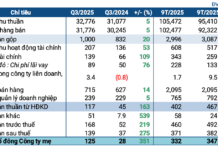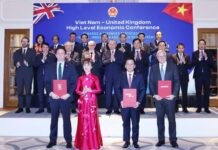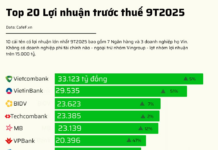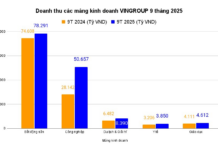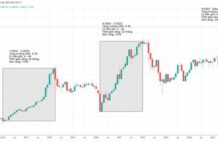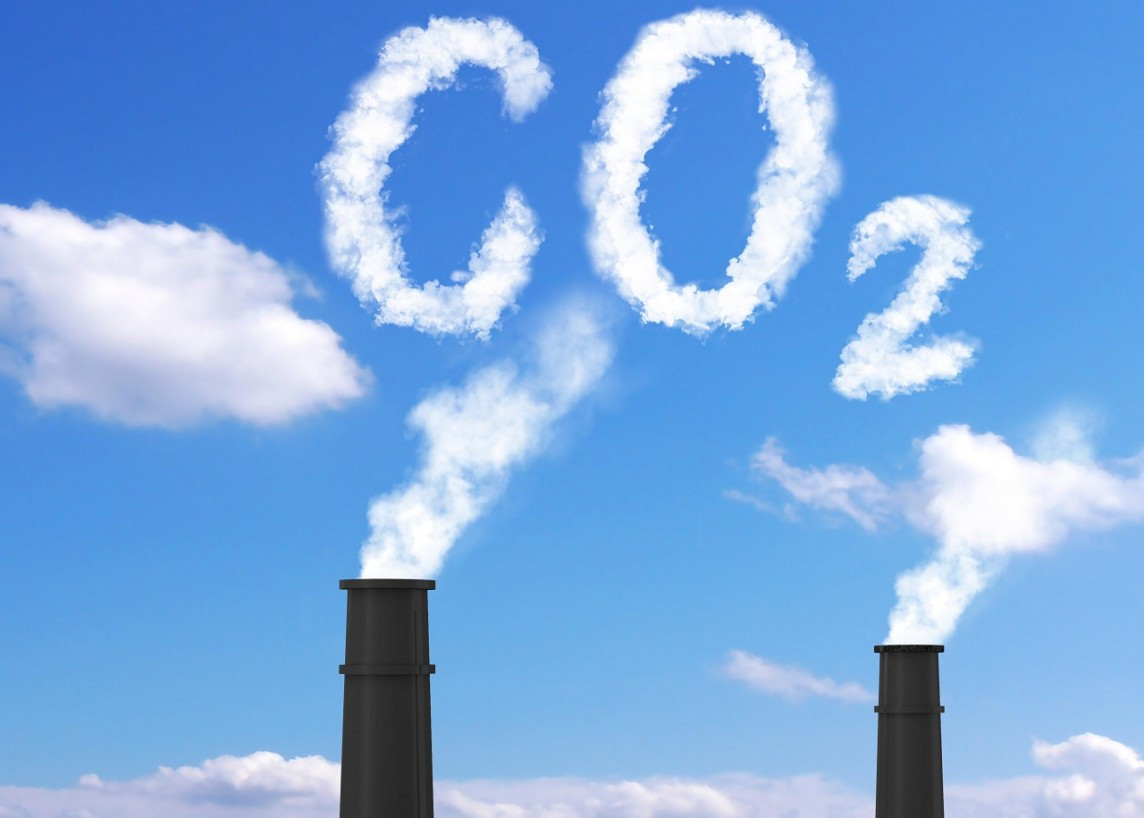The Ministry of Environment and Natural Resources is inviting feedback on the proposed amendments to several articles of Government Decree No. 06/2022/ND-CP issued on January 7th, 2022, which regulates greenhouse gas (GHG) emission reduction and ozone layer protection.
Preparing for the carbon market
According to the Ministry of Environment and Natural Resources (MONRE), the ministry has received numerous recommendations from national and international agencies, organizations, businesses, and experts. These recommendations proposed the inclusion of more specific provisions on GHG inventory, GHG emission quota allocation, carbon credit management, and carbon market development, as well as the management and exclusion of ozone-depleting substances and controlled greenhouse gases to increase the efficacy of government management.
Specific provisions should be revised to make it easier for agencies, organizations, and enterprises to implement policies that reduce greenhouse gas emissions and protect the ozone layer.
Therefore, MONRE believes that it is necessary to create a decree amending and supplementing specific articles of Decree No. 06/2022/ND-CP in order to effectively implement national management of greenhouse gas emission reduction, carbon market development, and ozone layer protection. This is consistent with the current state of socio-economic development and international integration, and it contributes to the goal of reaching net zero emissions by 2050.
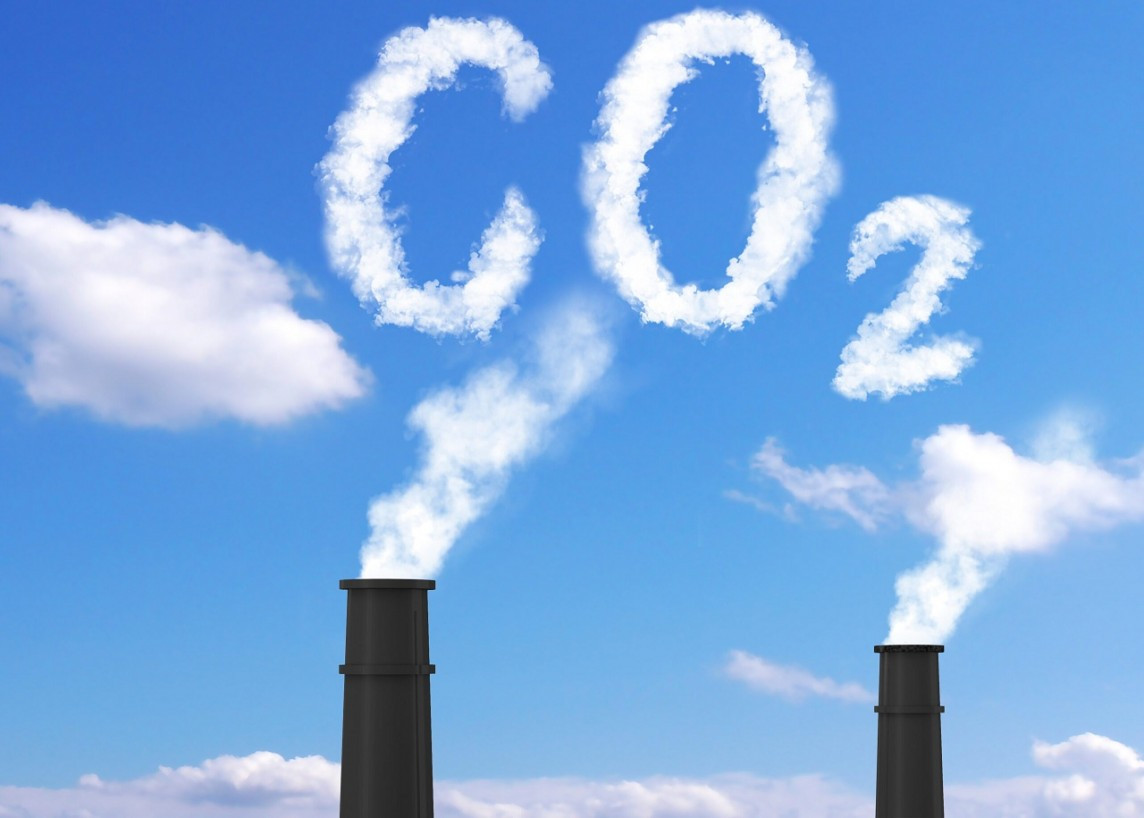 Supplementing more specific regulations on greenhouse gas accounting, greenhouse gas emission quota allocation, and carbon credit management. |
The draft amends and supplements regulations to enhance greenhouse gas inventory in preparation for the carbon market.
In particular, the draft amends and supplements regulations on greenhouse gas inventory for entities that have been allocated quotas to participate in the carbon market.
Decree No. 06 stipulates that relevant professional agencies under provincial-level People’s Committees shall appraise the greenhouse gas inventory results for all entities required to conduct the inventory. However, the accuracy and transparency of the greenhouse gas inventory results must be improved. International experience indicates that entities allocated greenhouse gas emission quotas must submit their greenhouse gas inventory results to the Government after they have been appraised by an independent appraisal unit.
Therefore, MONRE proposes that the greenhouse gas inventory results of entities allocated GHG emission quotas must be appraised by an independent appraisal unit.
Consequently, the draft also amends and supplements regulations on the unit appraising greenhouse gas inventory results to serve the purpose of allocating greenhouse gas emission quotas and appraising greenhouse gas emission reduction results to generate carbon credits.
According to Article 14 of Decree No. 06/2022/ND-CP, an appraisal unit is an organization with appraisal capacity recognized by the UNFCCC or certified to ISO 14065 TCVN standards on requirements for greenhouse gas validation and verification organizations or has technicians certified to have completed a UNFCCC training course on greenhouse gas inventory in the relevant sector.
However, there is currently no domestic unit with appraisal capacity recognized by the UNFCCC or certified to TCVN ISO 14065 standards. The number of technicians certified by the UNFCCC is still limited and is unlikely to meet future demand. Decree No. 06 also lacks detailed regulations on the conditions and procedures for submitting applications and making announcements on appraisal units.
Therefore, the draft proposes amendments and supplements along the following lines: i) specify the conditions and implementation procedures for announcing units appraising greenhouse gas inventory results and greenhouse gas emission reduction results; ii) add conditions for appraisal units, specifically: “…or an organization with technicians certified to have completed a training course on greenhouse gas inventory in accordance with the regulations of the United Nations Framework Convention on Climate Change for the relevant sector and be certified to TCVN ISO 14064-3 standards on technical regulations and guidelines for the validation and verification of greenhouse gas assertions”.
Which entities are allocated greenhouse gas emission quotas?
According to the provisions of Clause 4, Article 7 and Clause 2, Article 12, the entities specified in Clause 1, Article 5 will be allocated greenhouse gas emission quotas for the 2026-2030 period. However, MONRE stated that some entities have not yet provided detailed figures to serve as a basis for allocating greenhouse gas emission quotas.
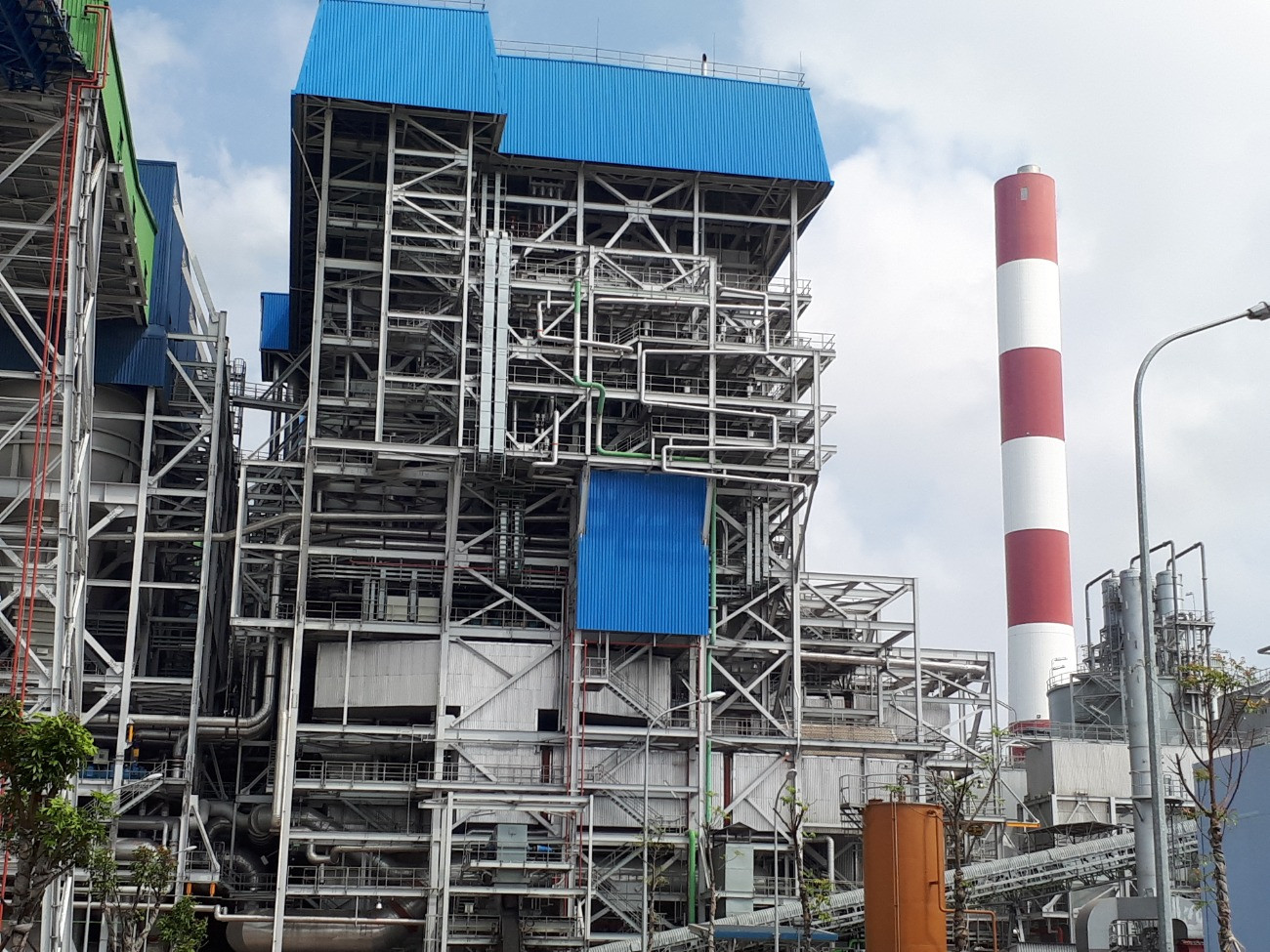 Thermal power plants emit high levels of greenhouse gases. Photo: Luong Bang |
According to the experience of countries that have operated carbon markets, in the initial stage, the Government only allocates quotas to sectors with high emissions. In addition, the EU has begun to implement the Carbon Border Adjustment Mechanism (CBAM) to control greenhouse gas emissions and impose carbon taxes on goods imported into the EU, including: iron, steel, cement, electricity, hydrogen, and fertilizer.
The US is also planning to implement CBAM on eight goods related to Vietnam’s exports. At the same time, the entities responsible for submitting periodic greenhouse gas inventory reports every two years. The greenhouse gas inventory results serve as the basis for operating the greenhouse gas emission quota exchange market. Therefore, the time of quota allocation should follow a roadmap that is consistent with the time when entities submit greenhouse gas inventory reports.
Thus, the draft proposes supplementing the quota allocation roadmap and will initially allocate quotas to entities with high emission levels in three sectors: thermal power, iron and steel production, and cement production. It is expected that approximately 200 entities will be allocated quotas in the initial stage, accounting for approximately 45% of the total emissions of entities required to conduct greenhouse gas inventories.
Adding the livestock sector to the list of entities required to conduct greenhouse gas inventories
This draft also adds a list of sectors and entities required to conduct greenhouse gas inventories to meet practical requirements.
During the past period, the MONRE has coordinated with relevant ministries and agencies to develop and submit to the Prime Minister for promulgation a list of sectors and entities emitting greenhouse gases that must conduct greenhouse gas inventories.
The list includes entities required to conduct greenhouse gas inventories in the following sectors: industry and trade, transportation, construction, natural resources, and environment, with annual greenhouse gas emissions of 3,000 tons of CO2 equivalent or more; thermal power plants, industrial production facilities, commercial buildings, freight transport companies consuming 1,000 tons of oil equivalent (TOE) or more per year; and solid waste treatment facilities with an annual operating capacity of over 65,000 tons.
In the process of reviewing and updating the above list, the Ministry of Agriculture and Rural Development, provinces, and centrally-run cities proposed adding large-scale livestock facilities (pigs, cows) to the list of entities required to conduct greenhouse gas inventories. After studying international experience, assessing the domestic status, and based on the opinions of ministries, sectors, and localities, it was agreed to propose adding the livestock sector to the list of entities required to conduct greenhouse gas inventories.
Luong Bang












